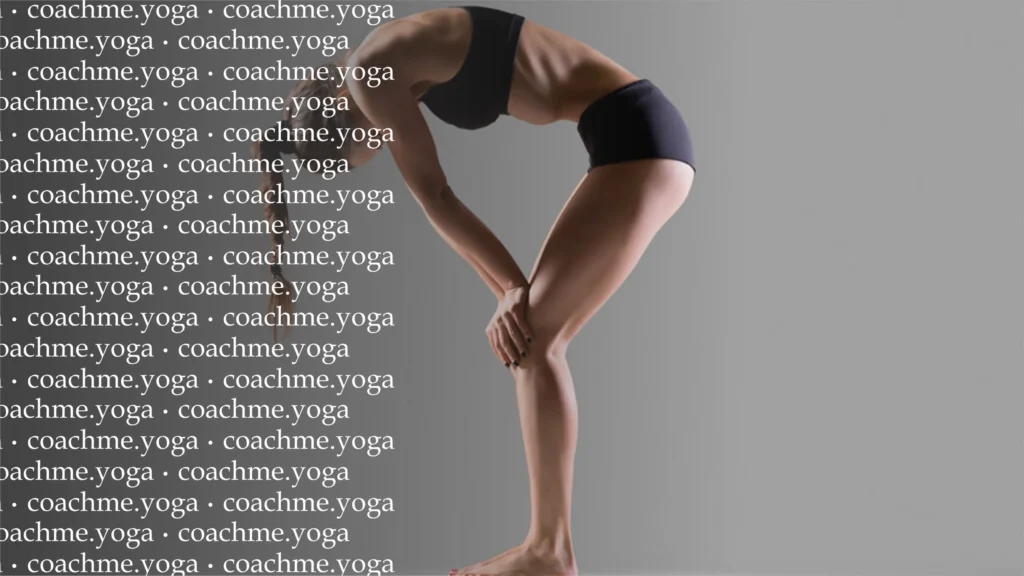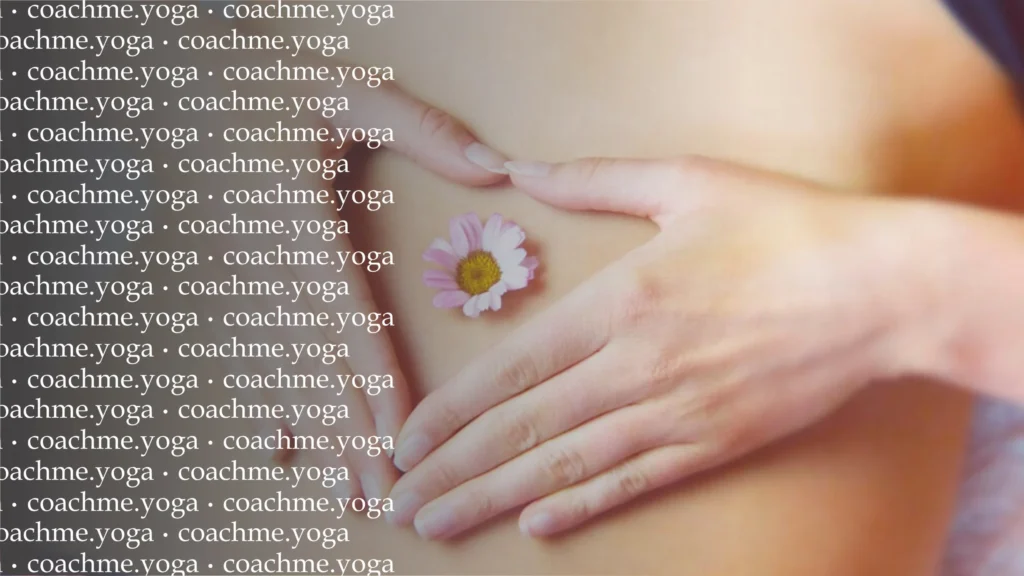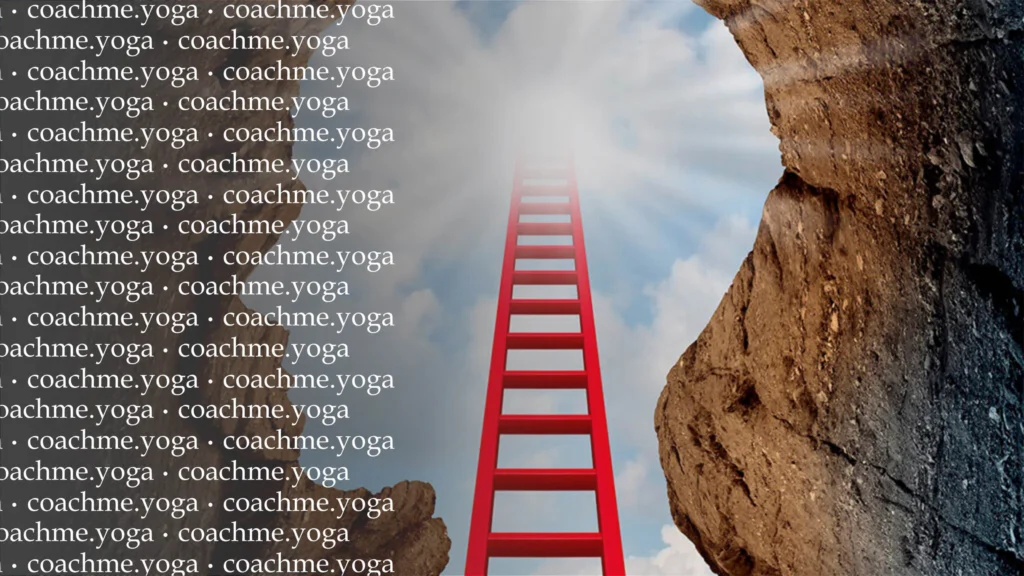Agnisara Kriya | Benefits, Technique, Contraindications

Health problems related to abdominal organs can be found today even among young people of middle age. Often, the reason for this is a sedentary lifestyle, which causes stagnation in the body, sluggishness of internal organs and, as a consequence, a decrease in the efficiency of their work. As a result, a person has such pathologies as indigestion, constipation, kidney and liver disorders, as well as many other problems. Of course, there may be additional reasons for the appearance of such ailments, but inefficient work of organs is the main one.
Fortunately, in yoga there is a whole layer of various techniques and methods, the purpose of which is to purify, activate and adjust the harmonious work of the internal systems of the body. The set of such exercises is categorized by a common name – Shatkarma. Shatkarma is divided into six sections (Sanskrit shat – six, karma – action) and consists of: dhauti (cleansing of the gastrointestinal tract and respiratory system), basti (yogic enema), neti (cleansing of the sinuses), trataki (eye cleansing), nauli (abdominal massage) and kapalabhati (breathing technique). Each of these sections, in turn, is divided into additional subsections.

“It is certain that coughs, asthma, diseases of the spleen, leprosy and twelve kinds of other diseases caused by excess mucus are eliminated by means of dhauti karma.” Hatha Yoga Pradipika. Shloka 25. Photo by the author
Today we will consider one of the techniques of the Antar Dhauti category called Agnisara (or Vakhnisara) Kriya. The word Agni (or Vahni) in Sanskrit means “fire”, Sara means “essence” and Kriya means “action”. Fire in this context symbolizes digestion. The purpose of practicing Agnisara kriya is to kindle the fire of digestion. Being well known and widely discussed in yogic scriptures, this technique has deep historical roots. For example, in the Gheranda Samhita it says: “Pull the navel up to the spine a hundred times – this is Agnisara Kriya, which gives many benefits, eliminates abdominal diseases and kindles the digestive fire. This technique is unknown even to the devas (demigods). The practice of agnisara kriya gives a beautiful and healthy body” (1:19 – 20). Such a reference indicates that Agnisara kriya is very good, but it is rarely used because it is not well known (as indicated by the metaphor with the devas). However, it is obvious that the ancient yogis were fully aware of the benefits of this procedure.
On a physical level, the practice involves manipulation of the abdominal muscles, generating internal heat. It massages the internal organs and stimulates the nerves, increasing their efficiency. It promotes optimal secretion of digestive juices and absorption of nutrients from food, eliminating such problems as constipation, indigestion, high or low acidity, flatulence, liver disorders. It strengthens the muscles of the lower torso, which leads to keeping the internal organs of the abdominal cavity in the correct position.
There are several variations of its performance, as well as some preparatory techniques. The first exercise, called “akunchana prasarana” or “A and P breathing”, prepares the beginning practitioner well for the kriya itself, allowing him to feel the work of the abdominal muscles.

A and P breathing
- Stand slightly bent forward, resting your hands on your thighs just above your knees, arms at the elbows, feet half a meter apart, knees slightly bent. Most of the body weight is on the front surface of the thighs;
- Take a few normal breaths and feel how your body position helps the abdominal organs push slightly forward, creating a slight tension in the abdominal wall;
- Next, as you exhale, gently squeeze your abdomen with your abs. Pay special attention to the work of the upper abdomen. Do this several times, clearly recognizing the sensations and the effect of the exercise on different parts of the body;
- Notice that the upper abdominal work is accompanied by a sensation of slight relaxation of the lower abdomen. This area may not literally inflate, but it feels like it is about to;
- Now try to exhale so that the tone of the muscles in the upper and lower abdomen, as well as on the sides, is the same, as if you were squeezing a ball. The exhalation can last 6-7 seconds and the inhalation 3-4 seconds. Inhalations remain mostly passive and occur on their own. Exhale 10-15 such inhalations and exhalations;
In A and P breathing, breaths are passive and exhalations are active (i.e., effortful). A pronounced exhalation effort means that you are using, in addition to the normal breathing volume of the lungs, the reserve volume. This increases the amount of oxygen in the blood, reducing the amount of carbon dioxide. As a result, you both relax and gain extra strength at the same time.
Technique for performing Agnisara Kriya 1: from vajrasana
- Sitting in vajrasana, spread the knees apart, keeping the feet in the same position. Place your hands on your knees, arch your back and straighten your arms;
- Tilt your head slightly forward, open your mouth and extend your tongue. The eyes can be closed or open;
- Contract and expand the abdomen, simultaneously exhaling and inhaling. Breathing should be passive – due to increased abdominal movements, it resembles a dog’s breathing;
- Expand and contract the abdomen as fully as possible, but without overexerting yourself. These movements should be quite fast, but in such a way that the abdomen has time to contract and expand fully. If the movements are too fast, this technique loses its useful effect;
- Continue performing these movements until you feel slightly fatigued. This is one cycle. Take a short rest and repeat again.
Technique of performing Agnisara Kriya 2: from standing position
- Stand with your feet shoulder-width apart, lean forward slightly and place your palms just above your knees. The arms should be straight throughout the practice (the position as in the case of “A and P Breath”);
- Bend your knees slightly, tilt your head and look at your belly;
- Open your mouth and extend your tongue;
- Expand and contract your abdomen in time with your breathing as described for the previous variation. Perform until you feel slightly tired. Rest and repeat again.
Technique of performing Agnisara Kriya 3: advanced version
This variation can be performed from vajrasana, padmasana or standing position. It is exactly the same as techniques 1 and 2, differing only in the fact that the abdominal movements are performed while holding the breath after exhalation. This technique maximizes the massage of the abdominal organs.
You need to inhale and exhale completely, pulling your abdomen in. Now push your abdomen forward without inhaling. Then retract the abdomen again. Repeat these movements as long as the breath hold lasts. Do not overstretch yourself by trying to hold your breath for too long. When finished, inhale. This is one cycle. Rest until your breathing returns to normal, then you can repeat again.

“It takes many months to achieve the proper control and stamina needed to properly perform this technique (Agnisara). Do not lose confidence in yourself. Your efforts will be rewarded with excellent health.” Swami Rama, Non-Movement Exercises. photo: Internet
Typical mistakes
Often agnisara kriya is performed with a very superficial abdominal movement because of too much speed of movement. Try to find the optimal speed by performing the movement quite fast, but with a sufficiently large amplitude.
Sometimes in techniques 1 or 2, the breath does not match the movements. Try to breathe passively – through abdominal movements, thus synchronizing the breath with the movement, and keeping a constant rhythm during the practice.
Number of repetitions and duration
This technique is difficult for beginners because they are not yet able to fully control the abdominal muscles. In addition, the muscles get tired when you are not used to it, so you should gradually get used to this practice. At first, perform no more than 25 movements per cycle and no more than three cycles per day. As your muscles become stronger, you can gradually increase the number of movements and cycles.
In technique 3, the number of movements depends of course on the duration of the breath hold. Once again it is emphasized that you should not strain yourself. The duration of the delay will automatically increase as you practice.
Class time
Agnisara kriya should be performed on an empty stomach, i.e. in the morning before breakfast or at least 3-4 hours after eating.
Contraindications
- High blood pressure;
- An ulcer;
- Hernia;
- Heart problems;
- Pregnant women should also refrain from performing it, but they are advised to resume it soon after delivery to bring the abdominal and groin muscles, as well as the internal organs, into alignment.
Sources used:
- Swami Muktibodhananda. «Хатха-йога Прадипика. Объяснение Хатха-йоги». 2013 г. Деком. Нижний Новгород. 638с.
- Swami Satyananda Saraswati. «Древние тантрические техники йоги и крийи. Курс в трех томах. Том 1. Вводный курс». 2013 г. Деком. Нижний Новгород. 456с.
- David Coulter. «Анатомия Хатха-йоги. Руководство для студентов, преподавателей и практикующих». 2016 г. Постум. Москва. 752с.






Responses